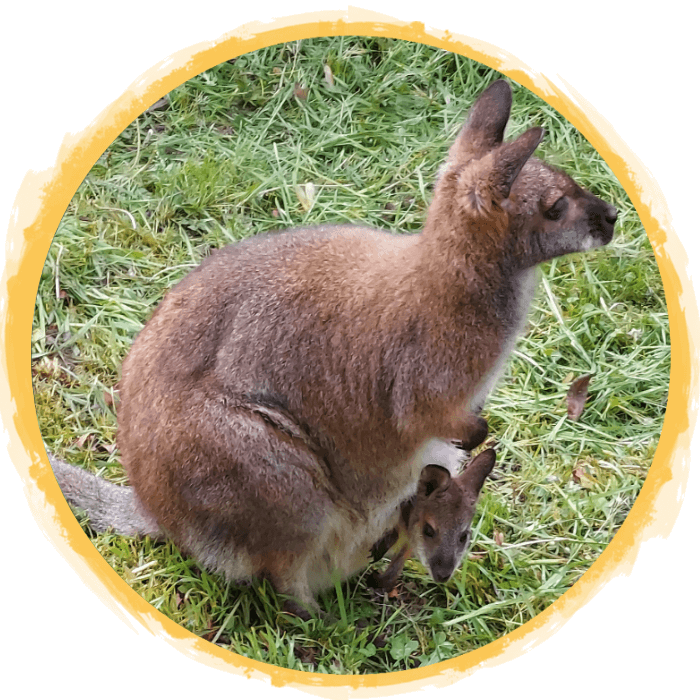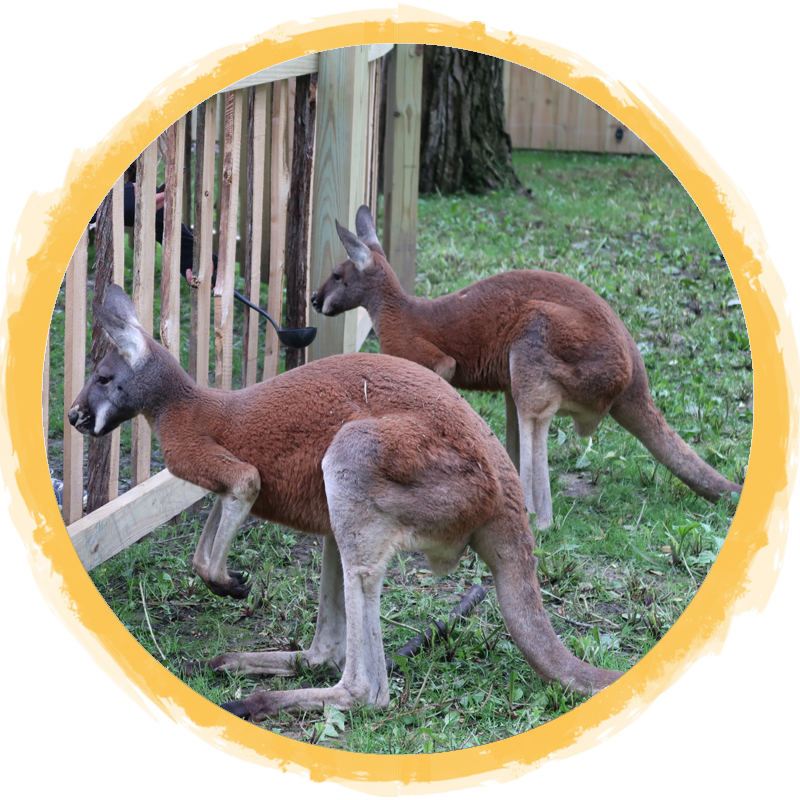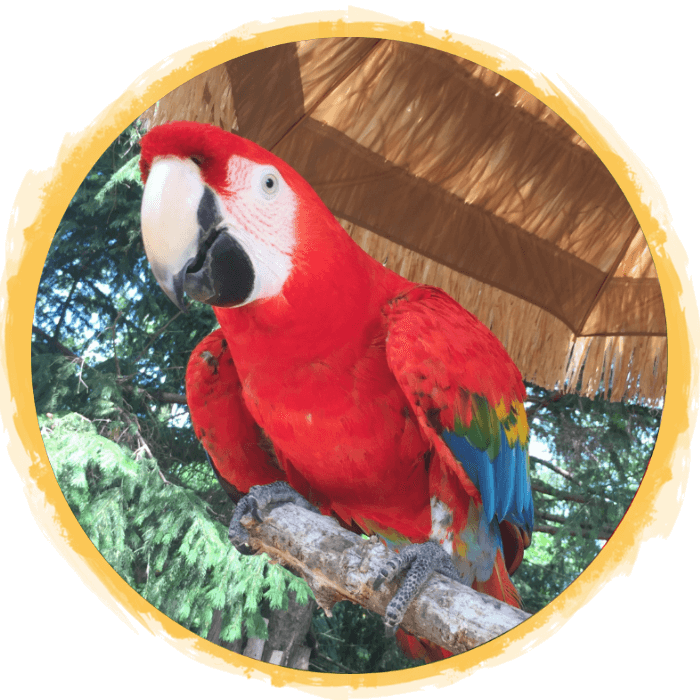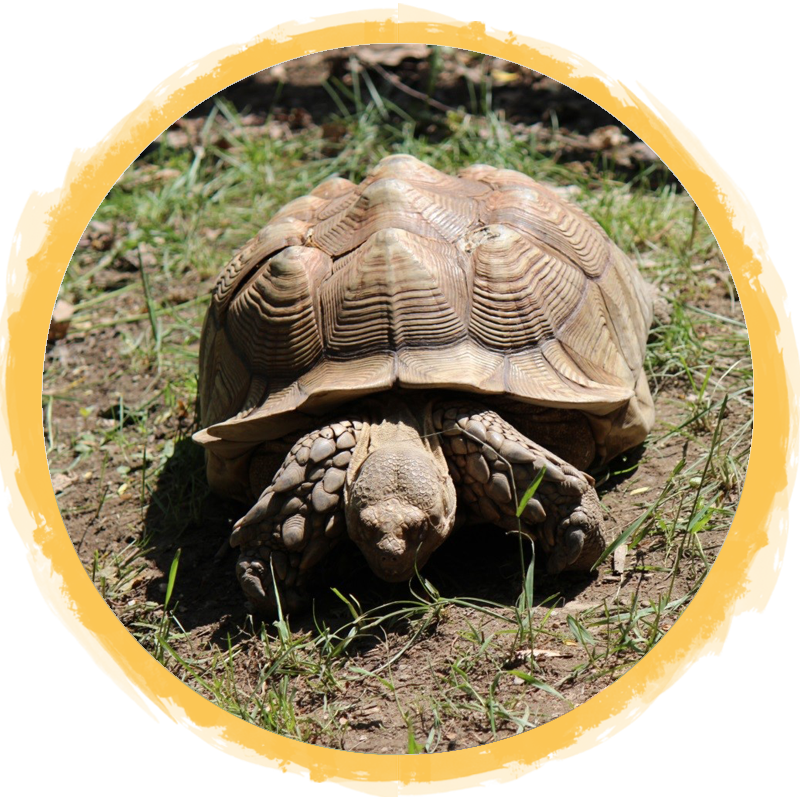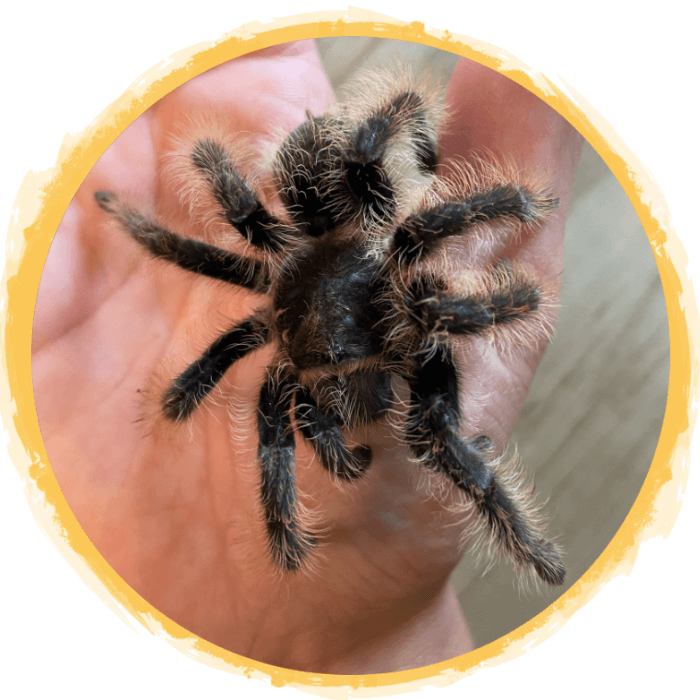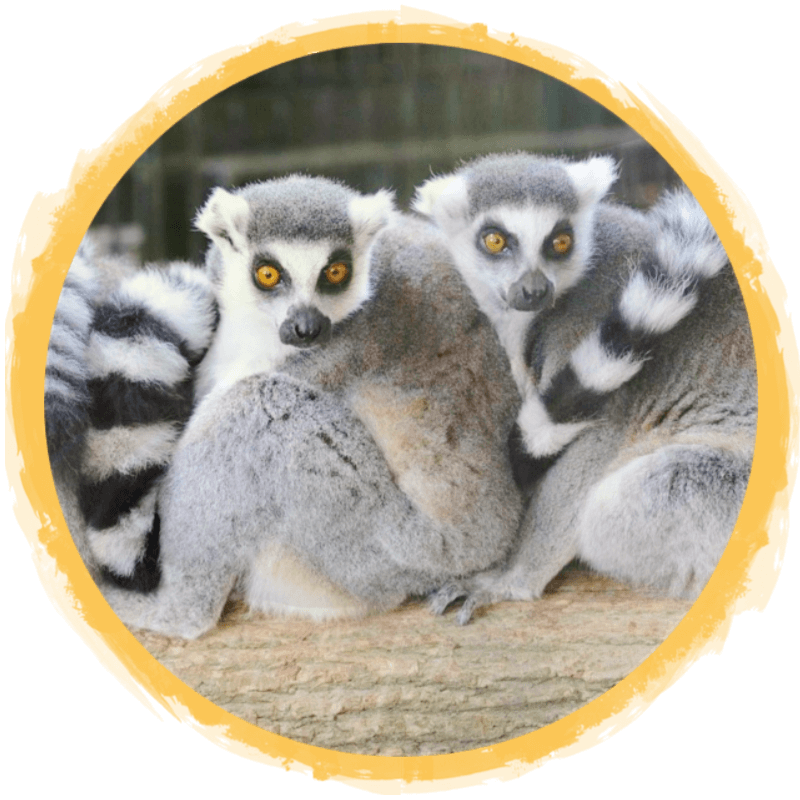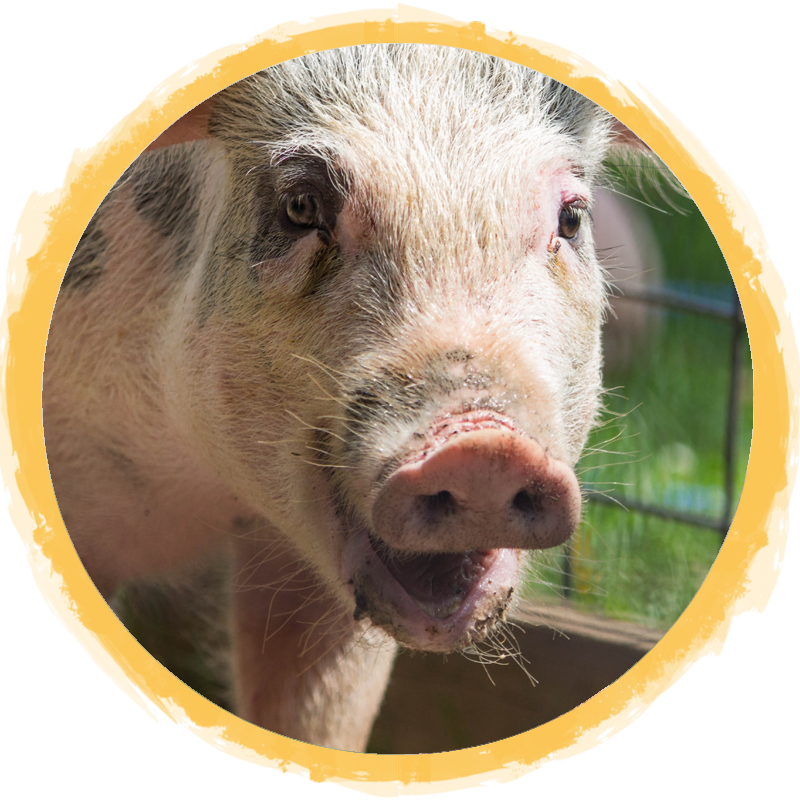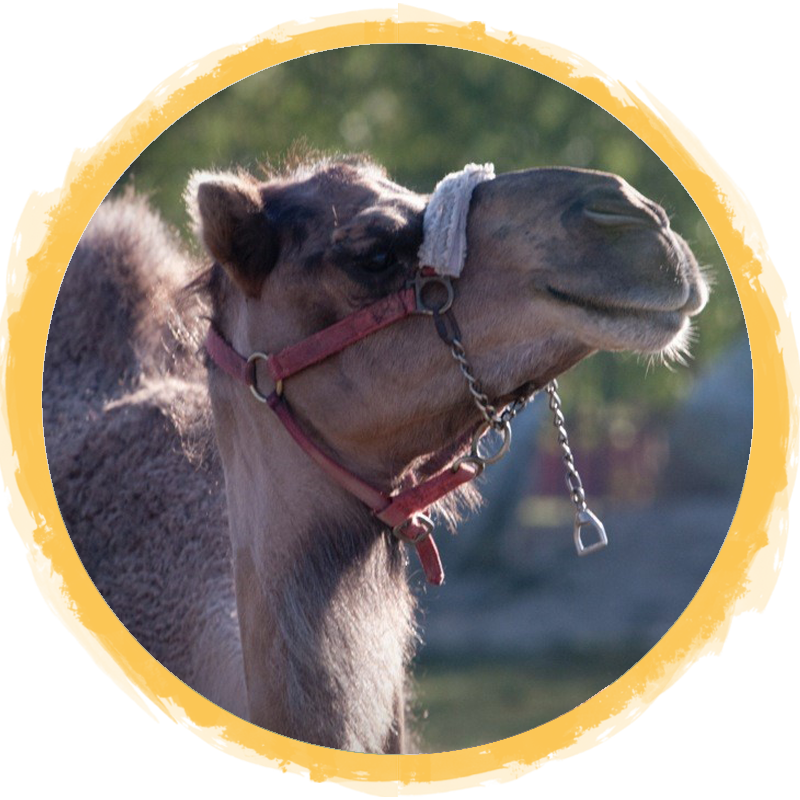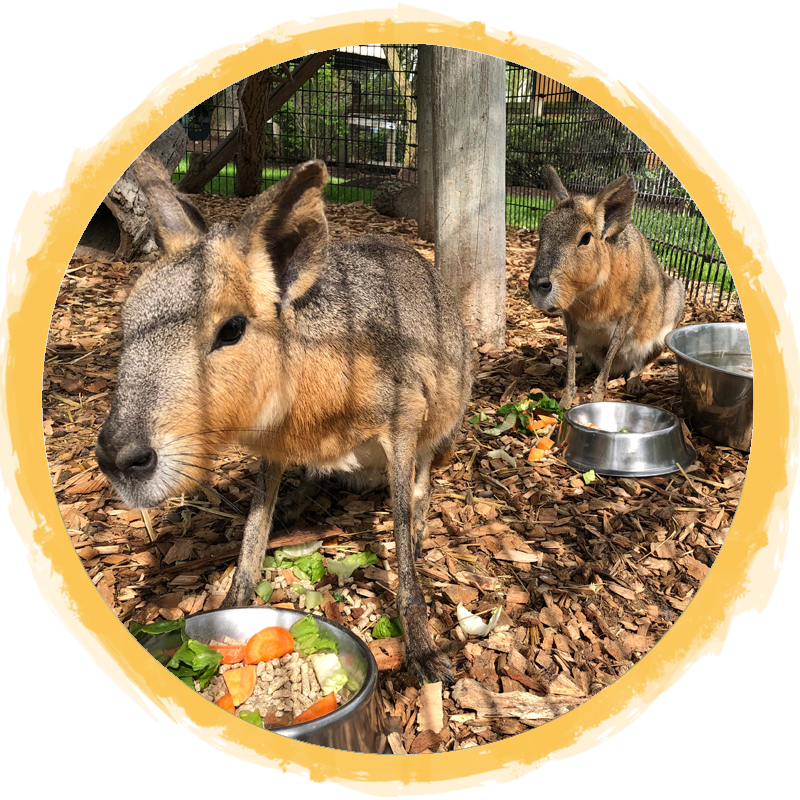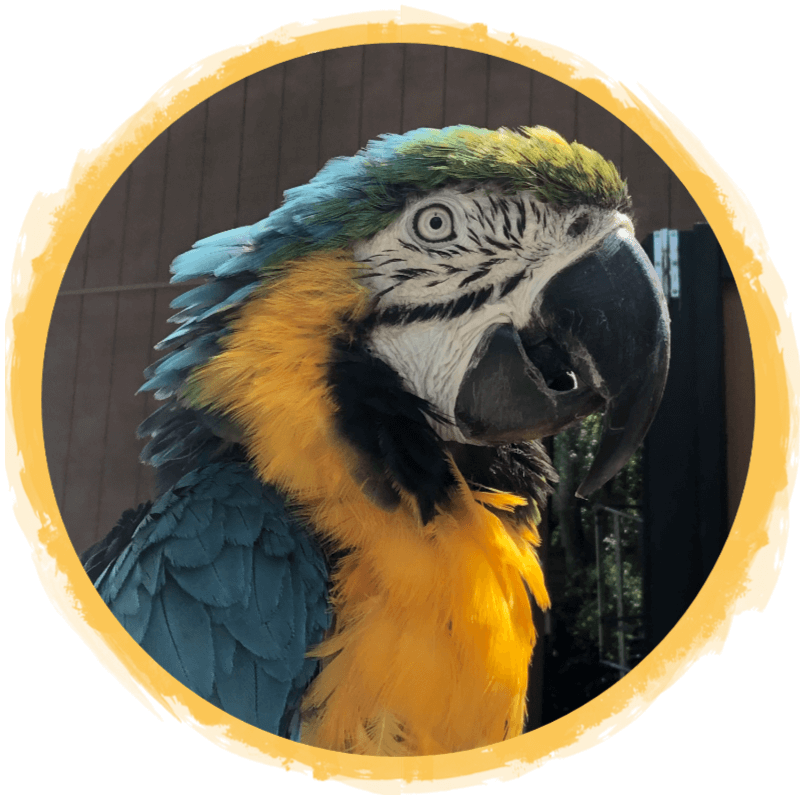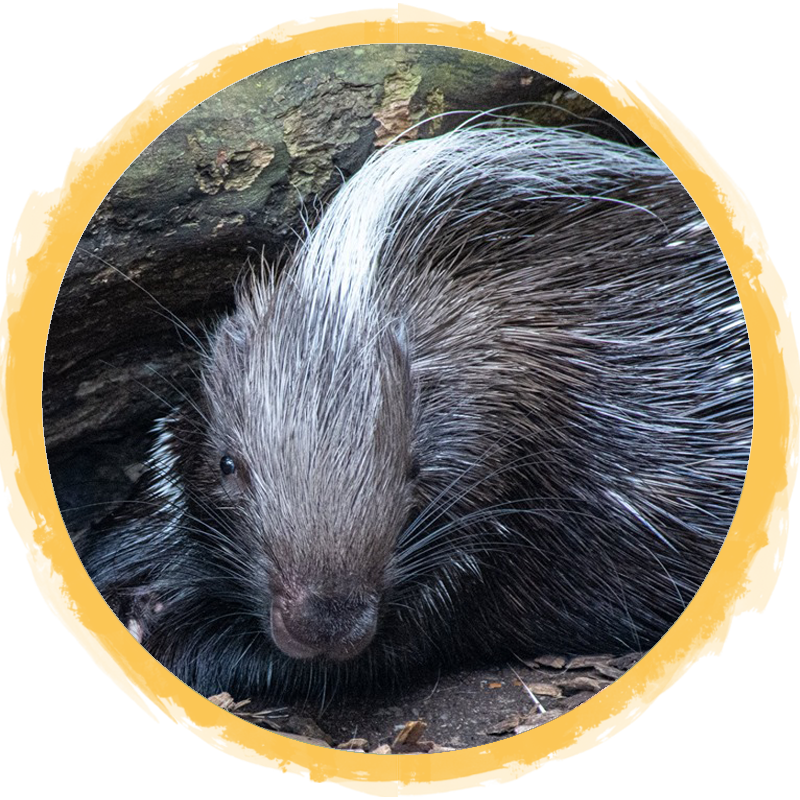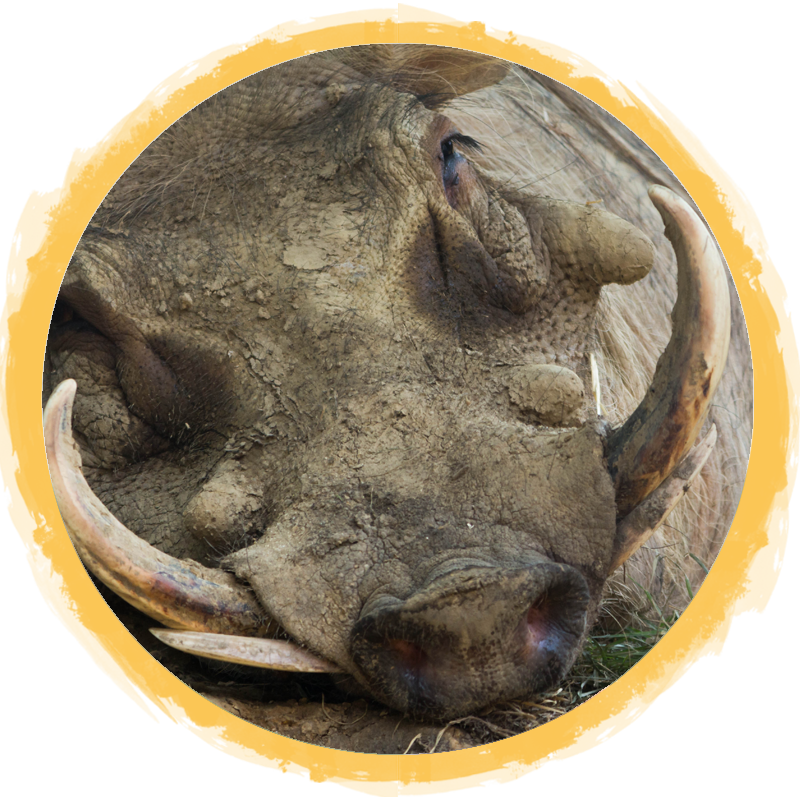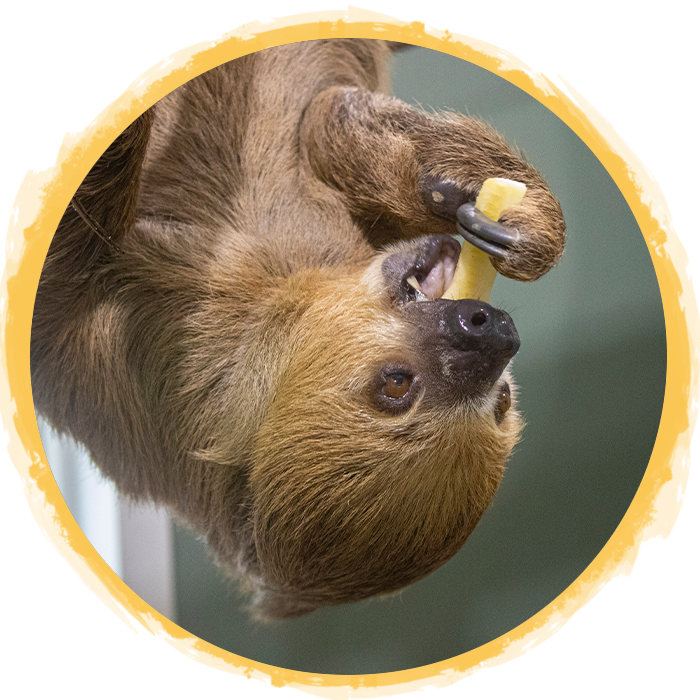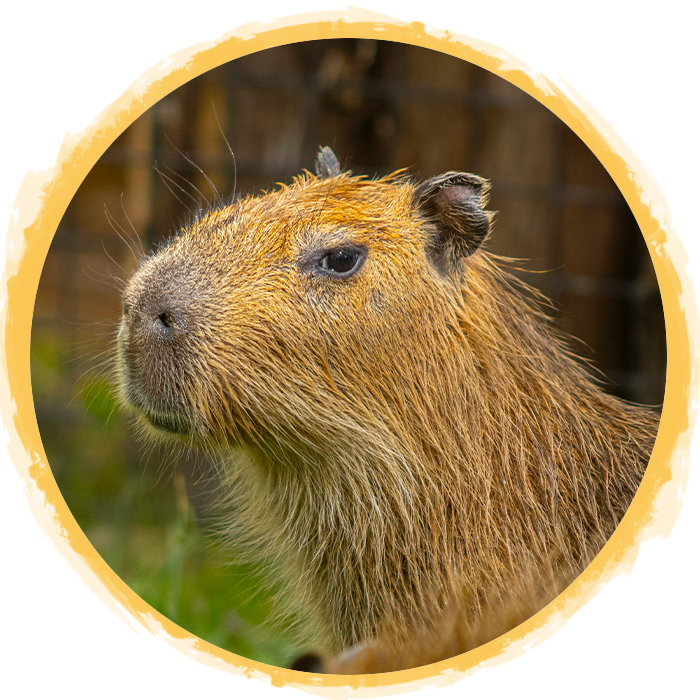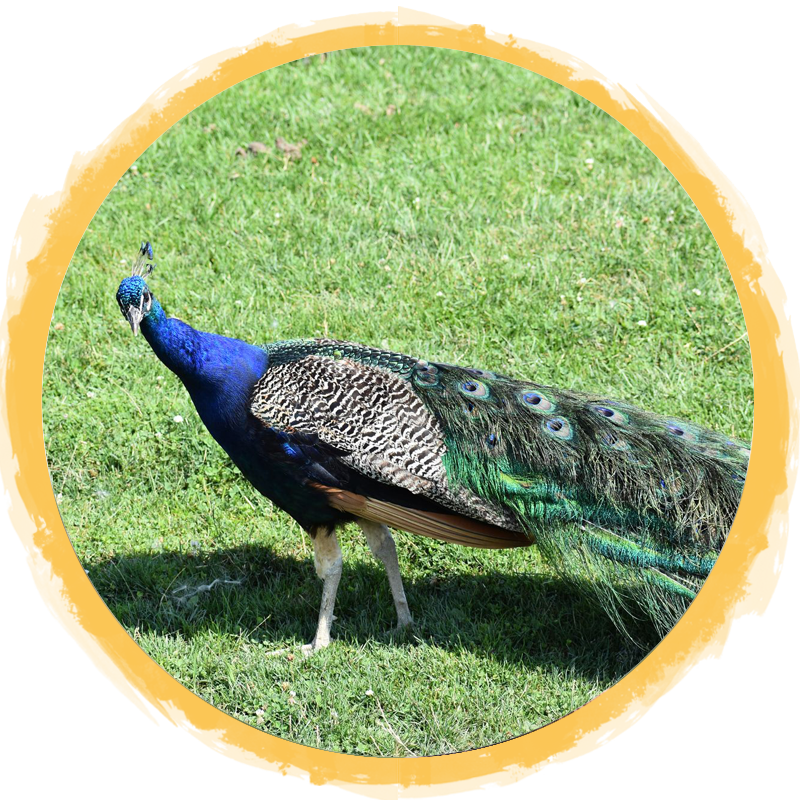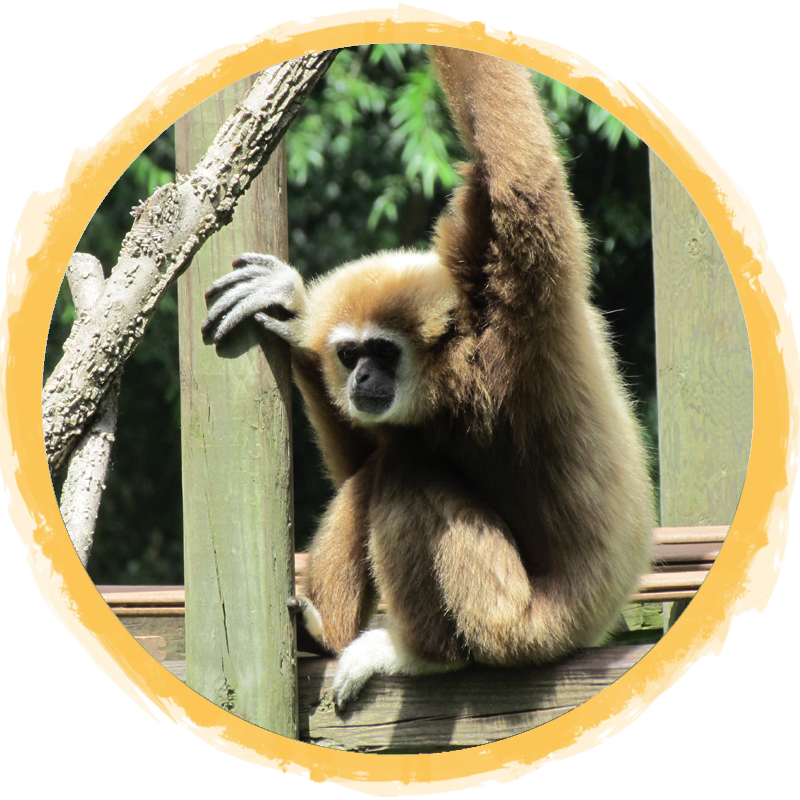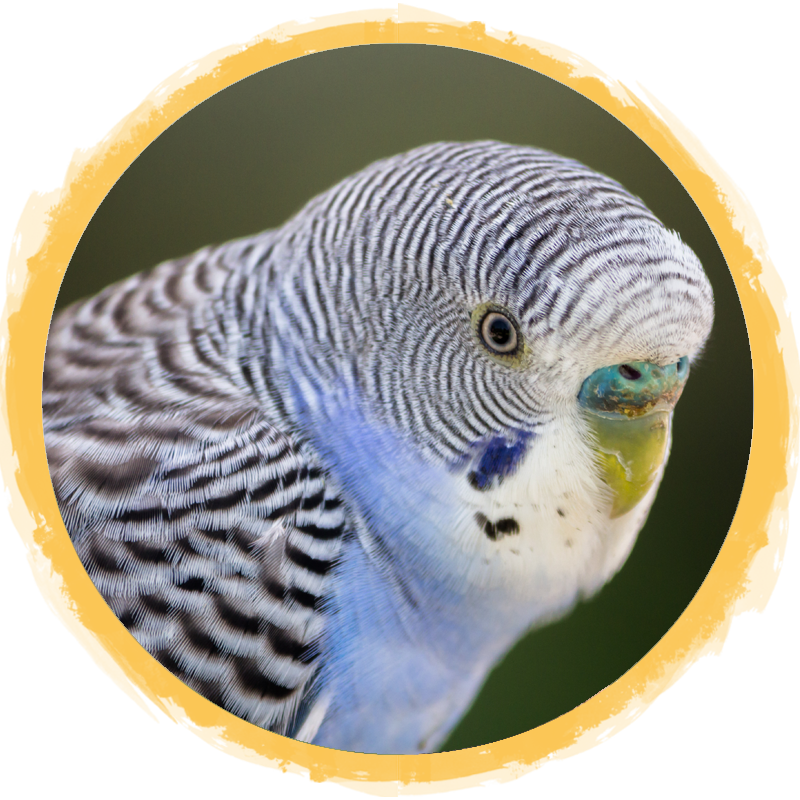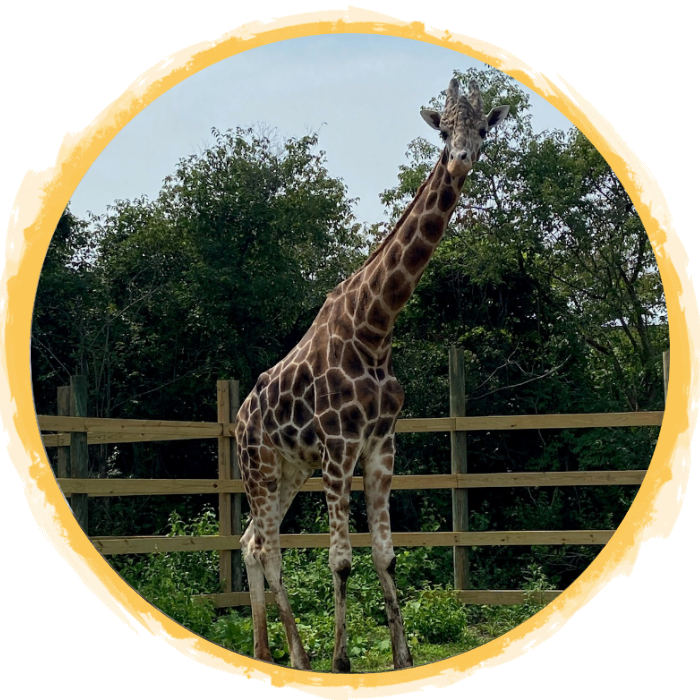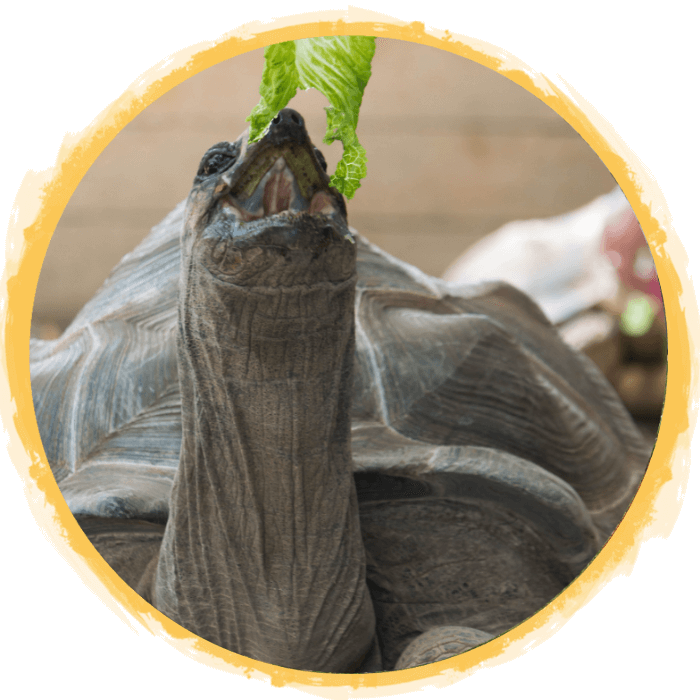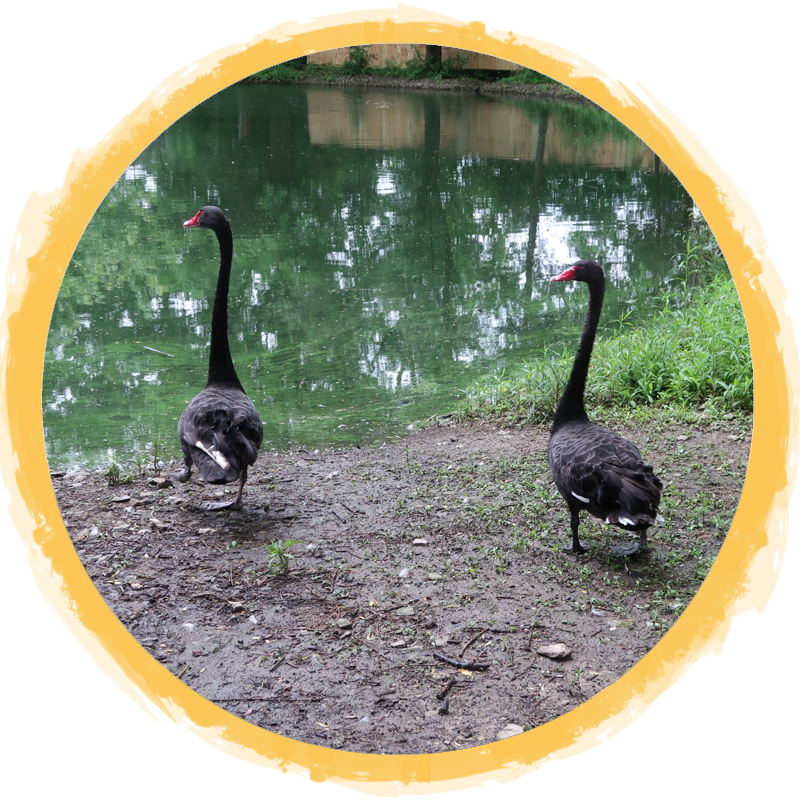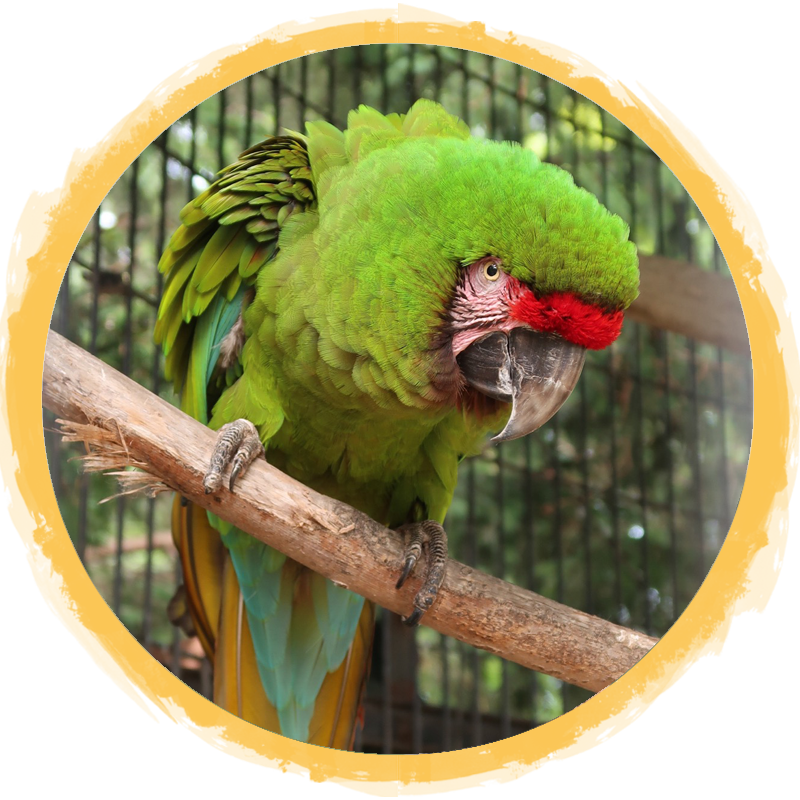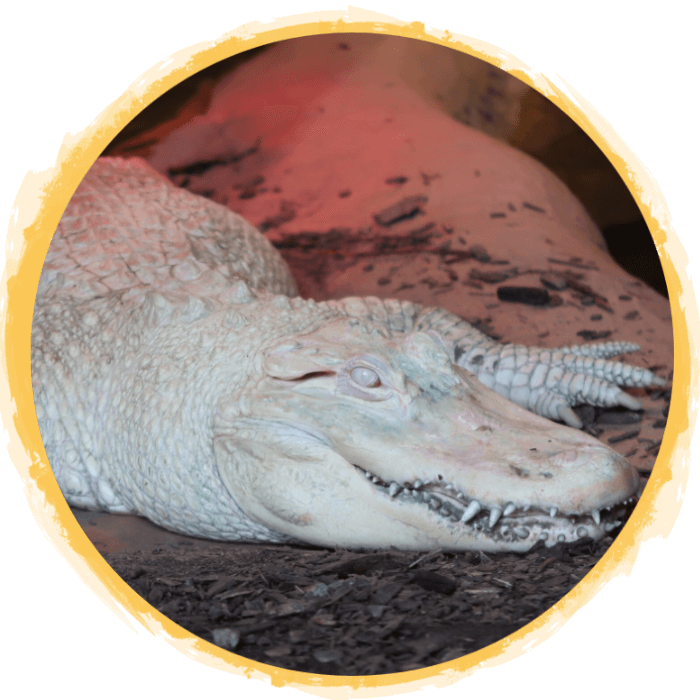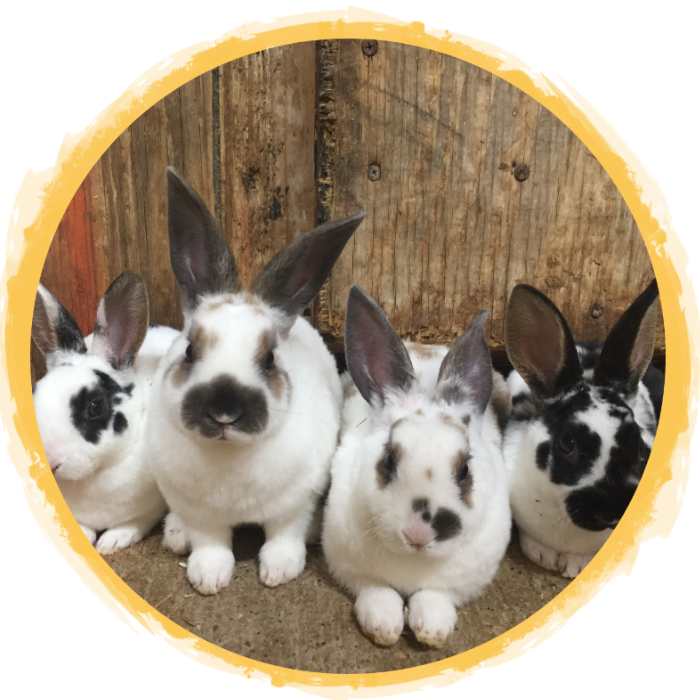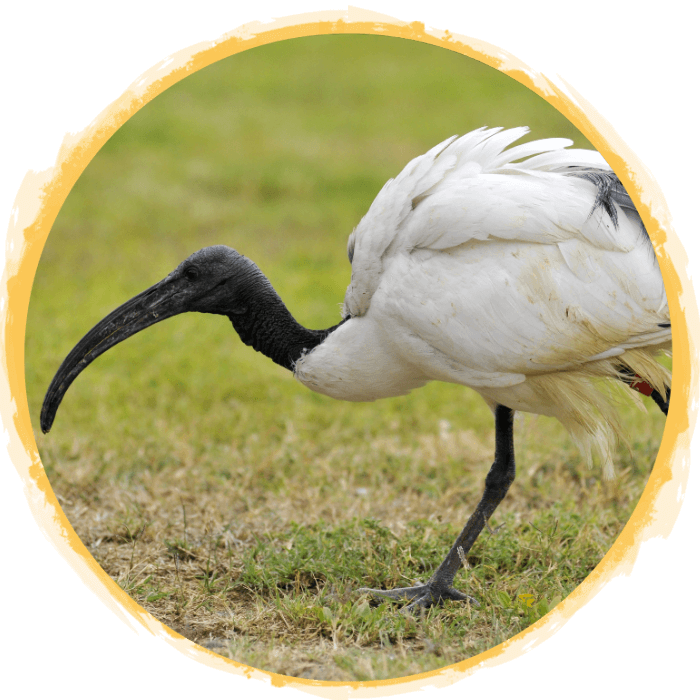(Giraffa reticulata and Giraffa camelopardalis camelopardalis)
The Giraffe is the tallest living terrestrial animal and the largest ruminant.
Giraffe usually inhabit savannas, grasslands, and open woodlands.
Key Characteristics: Its species name refers to its camel-like shape and its leopard-like coloring. It’s chief distinguishing characteristics are it’s extremely long neck and legs, its horn-like ossicones, and its distinctive coat patterns. Their spotted coat pattern helps with camouflage. The blood vessels in their long necks are designed with special one-way valves that close when the giraffe bends to drink water, preventing them from passing out. Giraffes tongues are dark colored and appear to be black, blue or purple, it is assumed that this protects their tongues from getting sunburned, but that is not known for sure. Their tongues are also very long which allows them to feed on a lot of different plants.
When born, calves are already 6.5 feet tall from the ground to the shoulders and grow rapidly. Giraffes give birth standing up or walking and the calf drops all the way to the ground.
Their necks contain the same amount of vertebrae as humans do – their bones are just extremely elongated which gives them their iconic neck!
Giraffes used to live in herds of 20 to 30 animals but now only average less than 6 due to a declining population. Giraffes feed 16 to 20 hours a day but only actually eat 30 pounds of foliage in that time due to their picky eating habits. They don’t need to drink water every day which helps them survive in areas with little water. Also, Giraffes sleep standing up and are cud chewing animals.
Males gain dominance by sparring, which involves their long necks intertwining and swinging their heads to knock down their opponent. Giraffes can move fast and are non-territorial. Giraffes are usually silent animals and communicate mostly through infrasonic sound, or low frequency sound. They do sometimes grunt or whistle, especially to warn others. Females make loud bellowing noises to find their calf and giraffes defend themselves by kicking, while their height allows them to spot predators from long distances.
What can we do to help? Giraffes have been hunted for their hides, meat and body parts, and poaching and wildlife trafficking have contributed to the decline of Giraffes. They have lost 40 percent of its population in just 30 years. Giraffe tails are prized in African cultures, which has led to a lot of the poaching. The habitat of the Giraffe is also shrinking due to human expansion resulting in habitat loss and the loss of their main source of food, acacia trees. To save this species, we need to reforest acacia trees to provide more food for them. We need to educate communities living near giraffes, so they can coexist and utilize sustainable agricultural practices. Conservation agriculture is important as humans keep expanding, it allows animals and humans to coexist better by using Giraffe friendly agriculture practices.
If you want to help and #StandTallForGiraffe, consider donating to our friends at Giraffe Conservation Foundation. 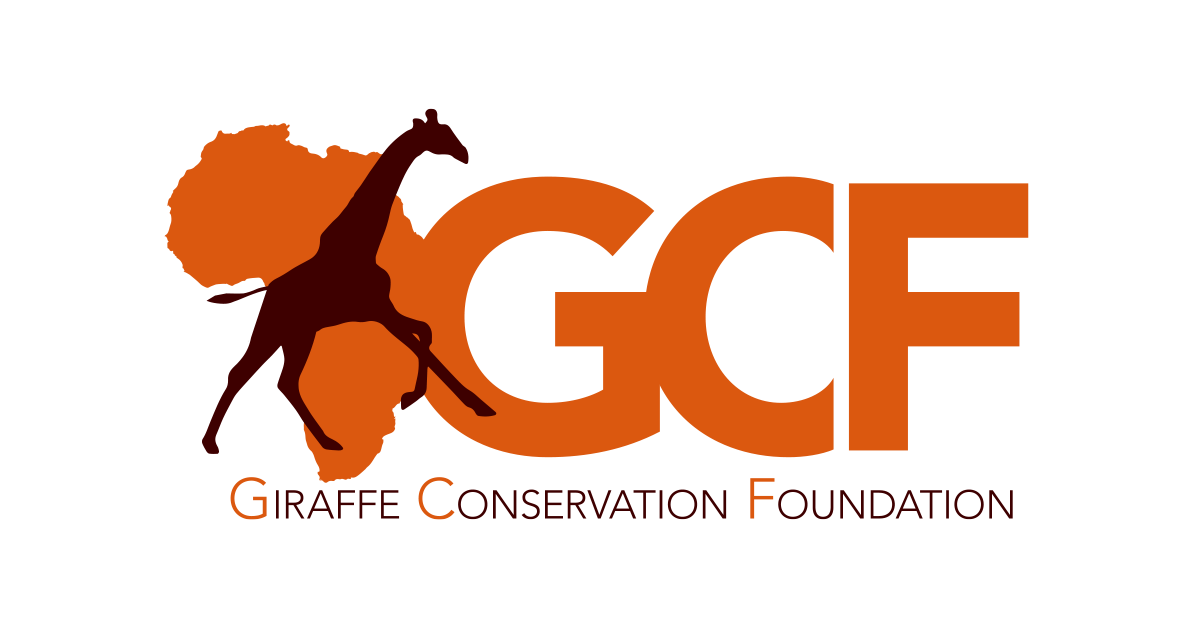
The Giraffe of African Safari Wildlife Park
In our Walk-Thru Safari, we have one species of Giraffe; a Reticulated.
Reticulated Giraffes are found in the horn of Africa and can be distinguished by dark brown spots with tiny lines, they have narrower lines than other subspecies.
Meet our long-necked boys in the Walk-Thru Safari:
- Bingwa (born December 18, 2014)
- Lake (born June 15, 2020)
- Nakuru (born June 18, 2021)
Fast Facts
Country of Origin: Africa
Weight: 2600 - 4250 lbs
Size: 15 - 19 feet tall
Lifespan: 10 - 15 years in the wild
Diet: Giraffe feed on acacia leaves, flowers, leaves, seed pods, and fruits. In areas where the savanna floor is salty or full of minerals, they eat soil as well.

